| Useful classroom language for dialogue/writing:
| Rabbit, spider, snake, dog, cat, elephant, lion, mouse, whale, zebra, giraffe, donkey, horse, wild, domestic, short, big, small, beautiful, old, strong, weak, clever |
| START
BRAIN STORM
| 3
3 | (organize students and demonstrate slides organizing situation for getting acquainted students with lesson objectives) Good morning, dear students! I am glad to see you! Today we are going for a walk to the Zoo. -What will we see in the Zoo? -Can you describe or compare animals in English? -Here you see a book about animals. But it is empty. What do you think, what are we going to do at this lesson? Yes, you are right. Today we will describe different animals using nouns and adjectives. So, let’s start our journey.
Differentiation by outcome You see the empty cage. What animals can sit here?
 
|
Listen to the teacher and answer her questions according to the pictures.
-Animals -No, we can’t
- We will fill the book with information about animals.
Share ideas and fill in the cluster.
|
Formative peer assessment and feedback «Gallery work». Students stick their works on the walls of the class, then walk around study clusters and add some words which are missing. | Whole class
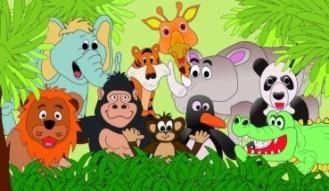
Group work (groups are formed according to the strategy «Match the puzzle with animals»
| PPP Slide 1
 
|
| MIDDLE
RIDDLES (Stick and tails)
Presentation grammar material
Model
CONCEPT CHECKING:
BOARD SUMMARY PRACTICE
REFLECTION
End
| 10
5
2
5
5
5
5
2 | Teacher: models the situation. Shows a picture and describes it. It is brown. It is big. It lives in a forest. It likes honey. It is brave. What is it? Teacher: gives students cards with pictures of animals and asks them to make up riddles to these pictures Differentiation by support Differentiation by grouping
Teacher demonstrates pictures on the board and present new grammar material. The dog is big. The tiger is bigger. The elephant is the biggest.
The cat is small. The mouse is smaller. The snail is the smallest.
Teacher demonstrates two different animals on flash-card and asks sts to compare them.
TPR
Differentiation by role distribution T explains the task. One of you is the Zoo keeper and the other is a student who visits the Zoo. A student will ask questions about the animals and the Zoo keeper will answer. What animal is taller? What animal is the tallest?
T makes the summary on the board and pays students attention if they want to compare two people or things they use comparative of adjectives and add er to the adjective. If they want to compare more than two, they use superlative and add est to an adjective
Differentiation by task
3–2–1 Countdown
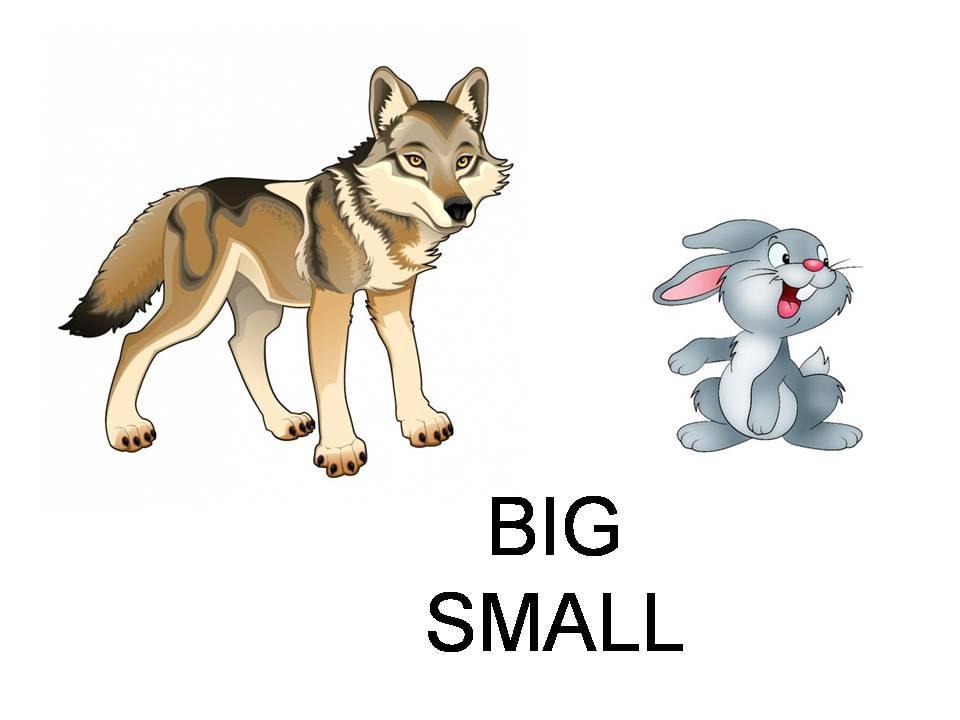   
Differentiation by home task (skills and interest) Album «Animals»

|
guess the meaning of the world
Students are divided into groups High achieving students –make up riddles without support and incode the answers. Middle achieving students- make up riddles with a little support. Low achieving students- make up riddles with a little support.
Drill after the teacher
make up sentences. The wolf is bigger than the rabbit. The rabbit is smaller the wolf. The cheater is faster than the tiger. The tiger is slower than the cheater.
Students sing a song «Let’s go to the ZOO» and show actions. (High and middle achieving students are «students», they ask question. Low achieving students are «Zoo keepers», they answer the questions. Sts work in mingle pairs. They move around the class. Pictures of animals for comparing are hanging on the walls of the classroom. Zoo keepers are standing near the walls with pictures. «Students» are walking around the class and ask question comparing
Sts make notes in their notebooks
Sts name three things which they haven’t known before. Two things which they know now. One thing which is difficult
At home students make an album «Animals». They describe an animal in 6-7 sentences Visuals - draw the animal Audials- record a story as a fair-tale Kinesthetic- sculpt with clay
| Formative peer assessment Sts.exchange their riddles, find answers and give a star for the best work.
Formative assessment according to the feedback «Finger signals». Teacher shows thumb up for students right answers
Formative assessment via
Formative assessment via teachers observation. Teacher monitoring, marking students strong and weak points
Formative assessment via monitoring
Formative criteria
Formative assessment through teachers feedback
Formative assessment through «Exebition» | Teacher-whole class
Group work
Teacher-whole class
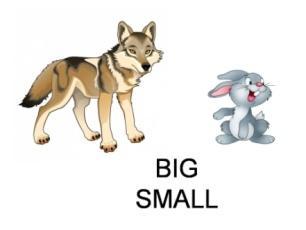
Pair work
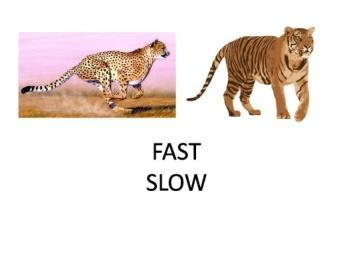
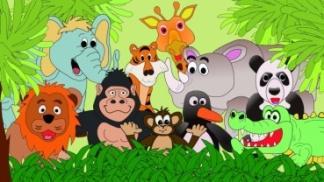
Whole class
Mingle pair work
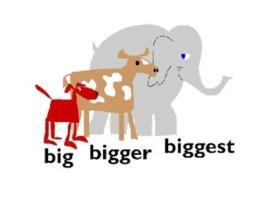
Teacher-whole class
individual TestCriterea based assessment.docx
T-whole class
Individual work at home |
(worksheet 1)
(worksheet 2)
(worksheet 3)

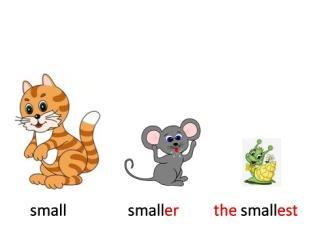
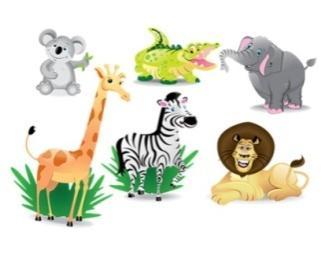
|





































